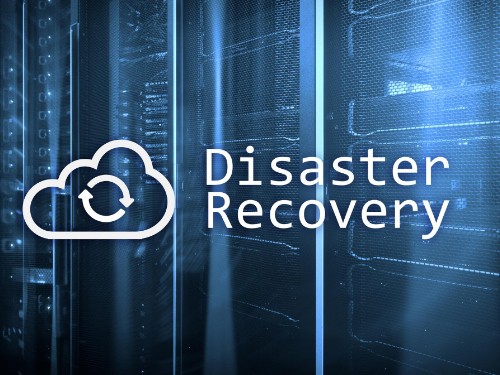
Introduction of Disaster Recovery solutions
Introducing solutions Disaster Recovery
Disaster Recovery includes the processes, policies and procedures necessary to provide the ability to recover operations and continue the critical functions of the organization after the incident. Issues and topics such as physical damage and damage, hacking and intrusion attempts, the presence of malicious computer software, and the emergence of emergency situations in the information security category, encourage governments and companies to focus on disaster recovery. Solutions related to this category should consider the type of organization and the elements needed to maintain the executive status of the organization. Recovery from an accident is important for any organization due to the quick return of the organization to its normal operational conditions, limiting the negative effects of the accident on business performance and minimizing the probability of future occurrence of certain types of accidents.
Disaster Recovery is actually a type of insurance for your organization's IT resources in the event of a disaster. Therefore, a proper Disaster Recovery should provide high protection with minimum problems and minimum cost and down time, just like a good insurance. In this article, we compare three disaster recovery solutions.
- VMware vSphere Replication is a hypervisor-based asynchronous replication solution for vSphere virtual machines. This solution is fully integrated with VMware vCenter Server and vSphere Web Client. vSphere Replication provides a flexible, reliable and cost-effective replication solution in line with data protection and disaster recovery for all virtual machines in the virtualization environment of organizations. This Replication solution can be used in cases of data protection locally in one site or as a disaster recovery solution between two sites.
- In order to carry out the Replication process in the Storage layer, EMC provides the Mirror View solution for the VNX family and the Unity Block Replication solution for the Unity family. These solutions provide the replication capability in the Block layer for the products of these two categories, which have two replication methods, synchronous and asynchronous. Replication is a technology that can copy blocks of data in the same site or a second site. This feature is a suitable solution for data replication in disaster recovery plan. The mentioned Replication solutions are LUN Centric solutions, that is, in these solutions, a primary LUN in the storage of the operational site is replicated with a secondary LUN in the storage of the first site or the second site, and this synchronization takes place only in the LUN layer.
- EMC RecoverPoint is a suitable solution for parallel data replication locally or remotely. This product also has the possibility of permanent data protection, which means that it will be possible to return to any point in time using its extraordinary journaling feature, which makes this solution superior compared to Unity Block Replication and VNX Mirror solutions. It will be viewed. This solution with a high ability to compress and remove duplicate data and a highly advanced algorithm of information transfer can increase the speed of Data Replication and will cause higher security and save time.

